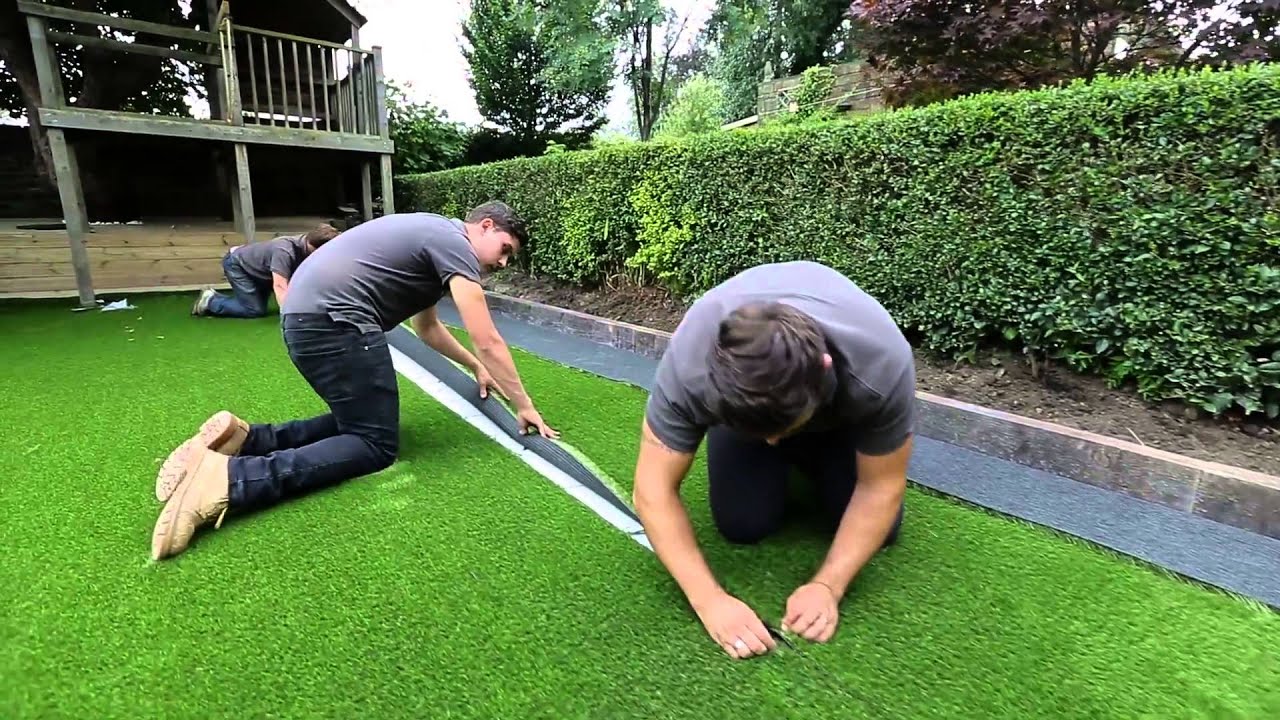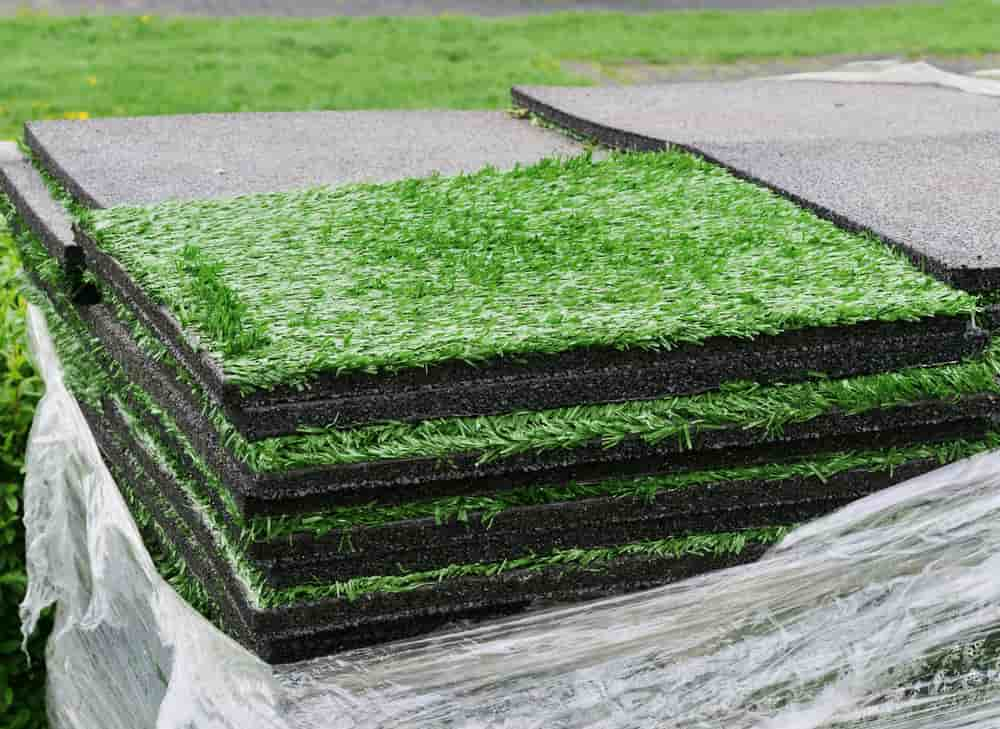Discover Reliable Artificial Turf Companies Phoenix for Your Outdoor Needs
Discover Reliable Artificial Turf Companies Phoenix for Your Outdoor Needs
Blog Article
See Why Homeowners Prefer Artificial Lawn for Sustainable Landscaping Practices
As property owners progressively focus on sustainability in landscaping, synthetic grass has arised as an engaging choice to conventional turf. What continues to be to be explored is the complete extent of advantages that artificial turf can provide to house owners and the setting alike.
Water Preservation Conveniences
One of one of the most significant benefits of artificial lawn is its duty in water conservation. Typical lawn yards need significant amounts of water to preserve their lavish appearance, typically resulting in overuse of regional water resources, particularly in arid regions. In contrast, synthetic grass eliminates this need entirely, as it does not require watering. This not only preserves water but also lowers the pressure on metropolitan water supply, particularly throughout dry spell problems.
Moreover, the setup of synthetic grass can add to an extra sustainable landscape. Property owners can considerably reduce their water costs, enabling reallocation of sources to various other environmental efforts or house usages. Furthermore, synthetic grass is developed to withstand numerous climatic conditions without the demand for supplementary watering, making it an ideal choice for regions dealing with water deficiency.
The environmental advantages extend past instant water savings. By minimizing water consumption, fabricated grass assists to alleviate the influences of climate modification, maintaining crucial environments that are endangered by too much water extraction. As lasting landscape design practices acquire grip, synthetic lawn arises as a responsible choice for house owners looking for to produce environment-friendly outdoor areas.
Minimized Maintenance Initiatives
Man-made lawn dramatically reduces upkeep initiatives compared to traditional turf yards. With man-made grass, homeowners can remove the lengthy jobs associated with natural landscape design, such as mowing, feeding, and weeding. This not just saves beneficial time yet additionally lowers physical labor, making grass care available for people of every ages.
Among one of the most significant advantages is the absence of routine mowing. Traditional yards need regular trimming to preserve a visually pleasing elevation, whereas man-made lawn stays continually rich without the need for reducing. Furthermore, property owners no longer require to use fertilizers or chemicals, which are frequently called for to maintain all-natural yard healthy and balanced. This change not just lightens the workload but additionally promotes a neater, more consistent look year-round.
In addition, synthetic grass is durable and durable, requiring minimal upkeep past periodic brushing and washing to remove particles. This convenience of upkeep permits homeowners to enjoy their exterior spaces without the continuous worry of upkeep, supplying more time for recreation and family tasks. Eventually, the reduced upkeep efforts related to synthetic grass make it an enticing alternative for those seeking a low-maintenance, aesthetically appealing landscape.

Ecological Effect Decrease
There is a growing recognition of the environmental advantages connected with synthetic grass, especially in terms of water conservation and lowered Homepage chemical usage. Typical yards need substantial quantities of water, specifically in drought-prone regions, resulting in boosted pressure on neighborhood water resources. In comparison, synthetic grass removes the need for irrigation, dramatically lowering water consumption and advertising sustainability.
In addition, conventional grass maintenance usually includes the application of chemicals, herbicides, and fertilizers, which can add to soil and water contamination. Fabricated turf alleviates this environmental danger by calling for marginal upkeep and practically removing the need for damaging chemicals. This not just improves dirt health and wellness yet likewise shields regional ecosystems from hazardous runoff.
Moreover, the manufacturing of natural turf lawns generally includes making use of nonrenewable fuel sources for trimming and landscaping devices, more contributing to greenhouse gas emissions. By selecting fabricated turf, home owners can significantly lower their carbon footprint connected with lawn treatment tasks.
Aesthetic Appeal and Adaptability
Along with its environmental advantages, artificial lawn provides significant aesthetic appeal and versatility for landscape design. Homeowners can achieve a rich, environment-friendly look year-round, eliminating the seasonal changes typically related to natural lawn. This regular visual not only boosts the aesthetic allure of a building however also adds to a well-kept and refined look.
Moreover, artificial turf is available in a range of designs, structures, and shades, enabling customization to suit individual choices and layout styles - Arizona turf. Whether made use of in domestic yards, industrial spaces, or leisure areas, it can effortlessly incorporate into varied landscape design layouts, from modern-day minimalist to lavish exotic settings
The convenience of man-made grass expands beyond mere appearance; it can be installed in numerous areas, including rooftops, outdoor patios, and even interior spaces, producing opportunities for unique landscape design options. Furthermore, it is suitable for a series Learn More of tasks, from kids's play areas to pet-friendly settings, supplying capability without compromising design.
Eventually, the visual charm and flexibility of artificial turf make it an eye-catching choice for property owners seeking lasting landscape design remedies that do not sacrifice elegance for ecological obligation.

Long-Term Price Savings
One of the most compelling benefits of fabricated grass is its capacity for lasting cost savings. navigate to this website Unlike natural yard, which calls for normal maintenance-- including mowing, watering, fertilizing, and pest control-- fabricated turf substantially lowers these continuous expenditures.
Additionally, synthetic grass has a lifespan of 15 to 25 years, relying on its quality and use. This toughness decreases replacement expenses, making it a much more cost-effective option in the future. Moreover, the preliminary investment in fabricated grass can commonly be redeemed via the savings accumulated gradually.
While the in advance expense may seem higher compared to sod installment, the cumulative cost savings from decreased upkeep and water usage frequently exceed these preliminary expenses. Ultimately, the adoption of synthetic grass not just advertises a lasting landscape design service but additionally supplies home owners a financially wise option that lines up with lasting budgeting objectives.
Conclusion
Man-made turf arises as an engaging option for sustainable landscaping, supplying substantial advantages in water preservation, decreased maintenance initiatives, and reduced environmental impact. As areas progressively prioritize environmentally friendly methods, the fostering of man-made turf stands for a progressive step toward attaining durable and lasting landscapes.
In addition, man-made grass is developed to stand up to various climatic conditions without the requirement for supplemental watering, making it an optimal selection for regions facing water shortage. (Phoenix turf companies)

Synthetic turf emerges as a compelling alternative for lasting landscaping, providing significant advantages in water preservation, minimized upkeep initiatives, and diminished environmental influence.
Report this page